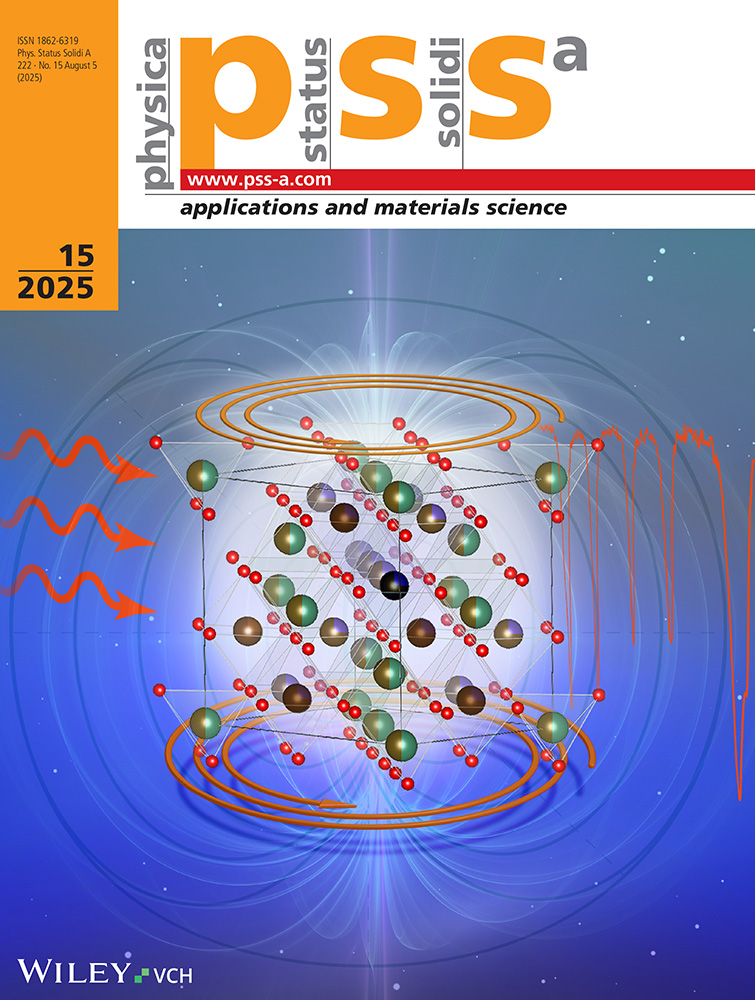Synchrotron X-Ray Topography Observation of the Morin Transition in Highly Perfect Crystals of Haematite
South Road, Durham DH1 3LE, Great Britain.
Warrington WA4 4AD, Great Britain.
Abstract
enLow-temperature synchrotron X-radiation topography is used to investigate the Morin transition in highly perfect flux-grown crystals of haematite. Domain boundaries are revealed in the topographs of some crystals at temperatures as low as 77 K, well below the accepted spin re-orientation (Morin) transition temperature. The Morin transition temperature appears to vary greatly with specimen perfection and evidence for magnetic phase coexistence over a large temperature range is obtained. This is attributed to both the influence of impurity variation and local regions of strain.
Abstract
deMittels Niedertemperatur-Synchrotron-Röntgentopographie wird der Morin-Übergang in hochperfekten, aus der Schmelze gezogenen Hämatitkristallen untersucht. Domänengrenzen werden in den Topographien einiger Kristalle bei Temperaturen von 77 K, definiert unterhalb der anerkannten Spin-Reorientierungs(Morin)-Übergangstemperatur, beobachtet. Die Morin-Übergangstemperatur scheint sich stark mit der Probenperfektion zu ändern und es werden Hinweise für eine Koexistenz magnetischer Phasen über einen großen Temperaturbereich erhalten. Dies wird sowohl dem Einfluß von Störstellenvariationen als auch lokalen Spannungsbereichen zugeschrieben.




